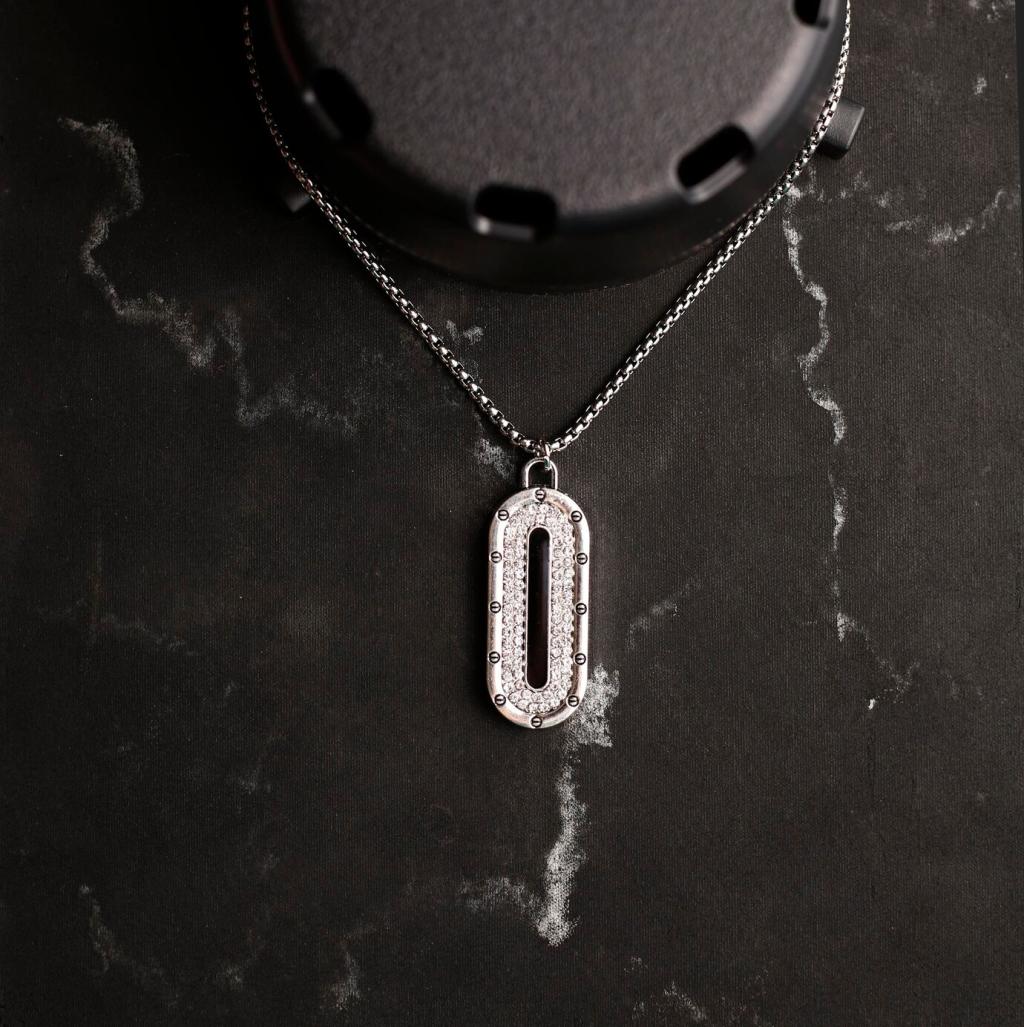Ethical Persuasion and Trust
No prechecked boxes, hidden costs, or guilt-tripping copy. Replace “No, I hate saving time” with neutral language like “No thanks, maybe later.” Users remember respect. Share a dark pattern you recently removed and the retention gains you observed afterward.
Ethical Persuasion and Trust
Explain what happens next, how data is used, and how to opt out. A short sentence—“We’ll email weekly tips; unsubscribe anytime”—often increases sign-ups. Invite readers to paste their current consent line for a crowd-sourced clarity upgrade in the replies.
Ethical Persuasion and Trust
Prefer specific, verifiable proof over flashy hype: “4,812 teams shipped faster last quarter.” Cite timeframes and segments. Encourage customers to share measurable outcomes, not superlatives. Drop your best proof statement, and we’ll help refine it for precision.
Ethical Persuasion and Trust
Lorem ipsum dolor sit amet, consectetur adipiscing elit. Ut elit tellus, luctus nec ullamcorper mattis, pulvinar dapibus leo.








